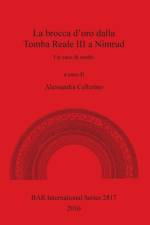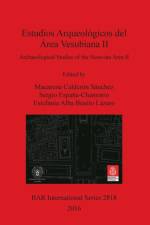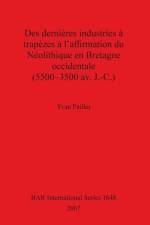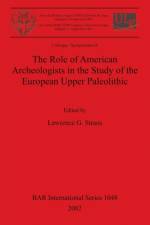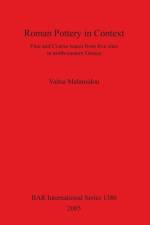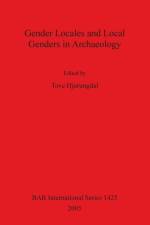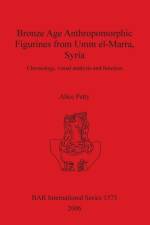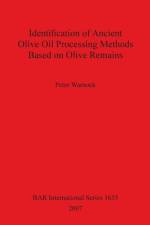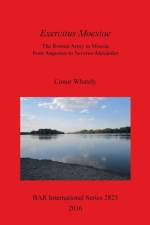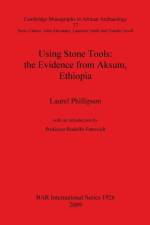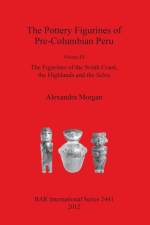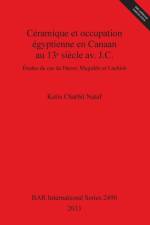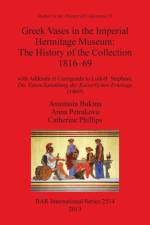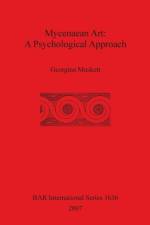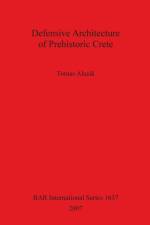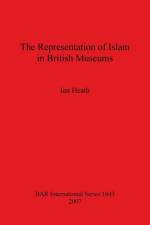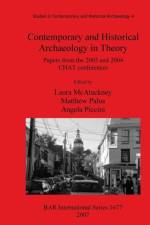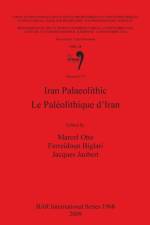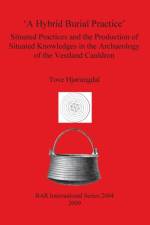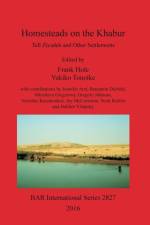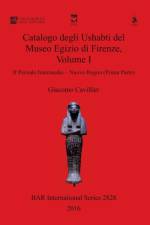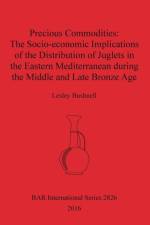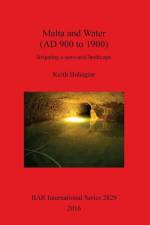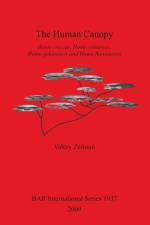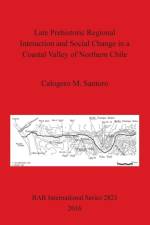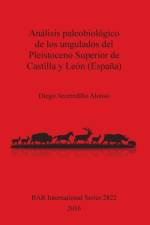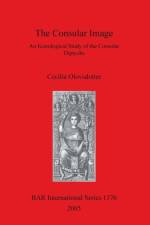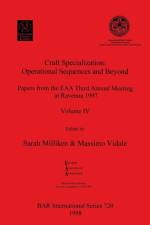161,00 €
El presente libro es la continuación de Estudios Arqueológicos del Área Vesubiana I. Ambos son recopilaciones de investigaciones - en su mayoría, españolas - sobre los yacimientos de Pompeya, Herculano, Estabia y Oplontis. Los estudios presentados abarcan temas de todos los estadios humanísticos e históricos sobre las ciudades antiguas: investigaciones puramente arqueológicas: tipologías de domus, de atrios, de foros, de materiales constructivos, de necrópolis; estudios iconográficos de casas, como la Villa delle colonne a mosaico, de personajes concretos, como el dios Dioniso, de ornitología y de pintura neoclásica; estudios filológicos de inscripciones y de poemas de los grandes autores griegos y latinos; estudios legislativos y jurídicos, como las leyes de las vías públicas y las aceras; investigaciones sobre aspectos cotidianos, como la seguridad; estudios historiográficos; estudios de interpretación; estudios paleontológicos y arqueozoológicos; estudios informáticos: la arqueología virtual y el laboratorio que supone Pompeya; y estudios cinematográficos.This book aims to be the continuation of Archaeological Studies of the Vesuvian Area I. Both are collections of research papers - most of them by Spanish authors - on the sites of Pompeii, Herculaneum, Stabia and Oplontis. The presented works cover subjects from every humanistic and historical dimension about the ancient cities: strictly archaeological research: typologies of domus, atria, fora, building materials, necropolis; iconographical studies of houses, such as the Villa delle colonne a mosaico, of individual characters, such as the god Dionysus, of ornithology and of neoclassical painting; philological studies of inscriptions and poems of great Greek and Latin authors; legislative and juridical studies, such as the laws about the public roads and pavements; research of daily aspects, such as security; historiographical studies; interpretative studies; paleontological and zooarchaeological studies; computer studies: virtual archaeology and the lab that Pompeii represents; and cinematographic studies.

